Mayor’s design advisers said Fosters’ proposals failed the ‘world class architecture’ test
Heritage groups have applauded Mayor of London Sadiq Khan’s decision to use his planning powers to reject Foster & Partners’ controversial Tulip proposals.
Historic England and Tower of London manager Historic Royal Palaces both said this week’s letter directing the City of London to refuse consent for the 305m structure, proposed for a site next to Fosters’ Gherkin, was the correct choice for the capital.
City planners agreed in principle to approve the proposals, drawn up for Gherkin owner Jacob J Safra, at a meeting in April. But the decision required Khan’s stamp of approval because of its scale, and Khan cited design and heritage impacts among his reasons for refusal.
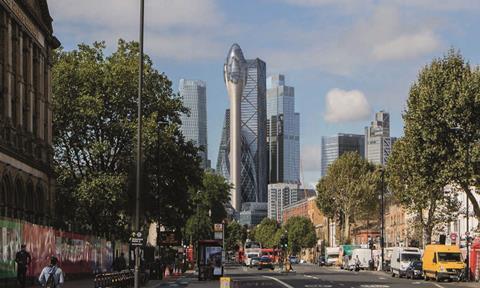
Historic England chief executive Duncan Wilson appeared in person before the City of London’s planning and transportation committee to call for the Tulip to be rejected – only to see it approved by a margin of more than two-to-one. He said Khan’s decision was a relief.
“We have long been of the opinion that this is the wrong building in the wrong place,” he said.
“We advised that its height and design – essentially a tall lift shaft with a bulge on top – would cause permanent and irreversible damage to the setting of the Tower of London, and in turn, the image and identity of the capital.
“This building did not justify harming London’s precious and irreplaceable heritage.”
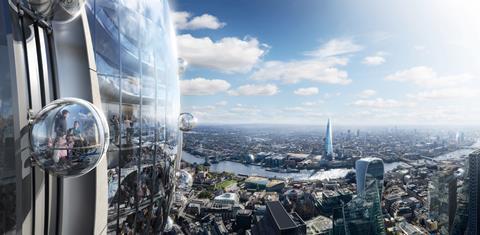
A spokesperson for the Tower of London added: “We welcome the Mayor of London’s decision which supports our view that this proposal would be damaging to the setting of the Tower of London, the World Heritage site in our care.”
City of London planning officers had advised members of the authority’s planning and transportation committee to approve Fosters’ proposals, and a spokesperson said it stood by the decision.
“The committee carefully considered this application in detail before approving it in principle,” they said.

“It was our judgement that the Tulip would play an important role in further realising a vision for the Square Mile as a vibrant 24-7 world-class destination and that this building would send a powerful message that London remains open to all.
“We note that the mayor was not able to agree with us on this occasion and thus he has directed us to refuse the application.”
Khan pulled no punches in his criticism of the Tulip’s heritage impact and design-quality. He said the tower “would not constitute the high standard of design required for a tall building in this location” in a letter to City head of planning Annie Hampson, who had spearheaded the recommendation to approve.

The report from Greater London Authority planning officers that underpins Khan’s rejection concluded: “The development would compromise the ability to appreciate the Outstanding Universal Value of the Tower of London World Heritage Site and would cause harm to the historic environment.
“It would cause harm to the character and composition of the existing tall building cluster, the wider skyline and image of London, and strategic views, as well as the public space surrounding the site.
“The public benefits of the scheme are limited and would not outweigh this harm.”

The report also included a 300-word section summarising the findings of design advisers on Khan’s London Review Panel. They concluded in April – after the City’s resolution to approve – that the Tulip did not represent “world class architecture” and could not be supported because of its negative impacts. (See box below)
A statement issued on behalf of the Tulip project team said it was “disappointed” with Khan’s decision and indicated an appeal against Khan’s decision was not being ruled out.
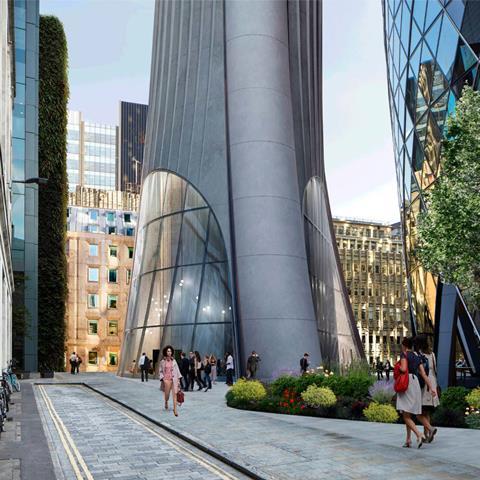
“The Tulip will generate immediate and longer-term socio-economic benefits to London and the UK as a whole,” the statement said.
“We will now take time to consider potential next steps for the Tulip project.”
London Review Panel advice on the Tulip
Summary
The discussion by the mayor’s design advocates about the design of the Tulip hinged around the question of whether this would be a world class tall building, justifying its height and prominence on the skyline of London. The panel does not feel that it meets this test. The project would clearly have value in drawing visitors to a predominantly business district, including school children using the educational facilities. The panel also recognises the legitimacy of a tall building primarily designed to provide spectacular views of the city. However, it thinks the quality and quantity of public open space is not sufficient to support the case for such a significant new visitor attraction. The panel does not agree that a roof terrace above the pavilion building can be seen as equivalent to fully public open space at street level. It also has reservations about the quality of the architecture. It thinks that the pavilion and base of the tower would do little to enhance the quality of the streets around them. The tower shaft in textured concrete is a “mute” architectural element. The viewing platform levels have been designed to maximise views out, with extensive glazing. A potentially unintended consequence of this design is to create the appearance of a surveillance tower, particularly in views from Whitechapel Road. Overall panel members felt that whilst the building may be a successful response to the functions of its brief – this has not resulted in the world class architecture that would be required to justify its prominence. The panel also felt that a building of this size and impact should be carbon neutral, and that the education strategy should be more ambitious, if this is a core justification for the height of the building.
Conclusion
The panel is unable to support the Tulip because it does not think it represents world class architecture, it lacks sufficient quality and quantity of public open space, and its social and environmental sustainability do not match the ambition of its height and impact on London’s skyline.










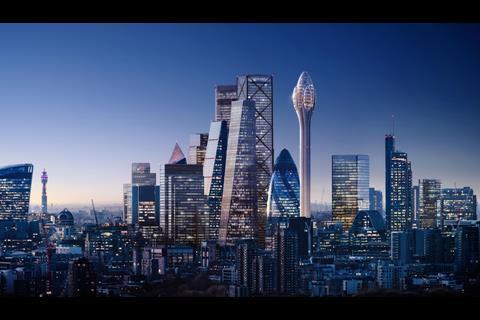


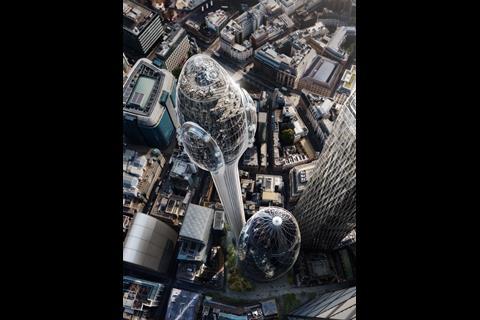

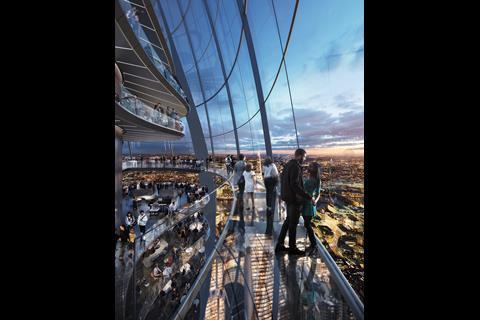
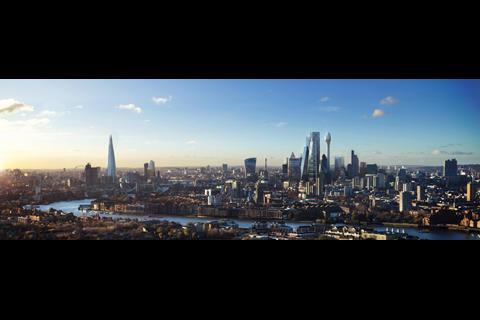

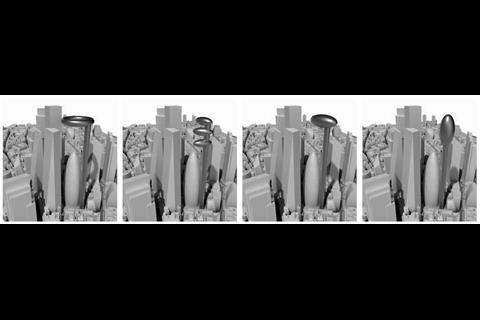

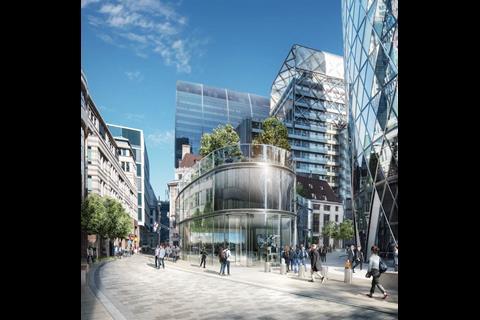

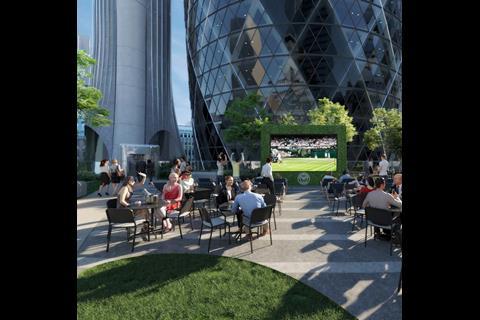







6 Readers' comments